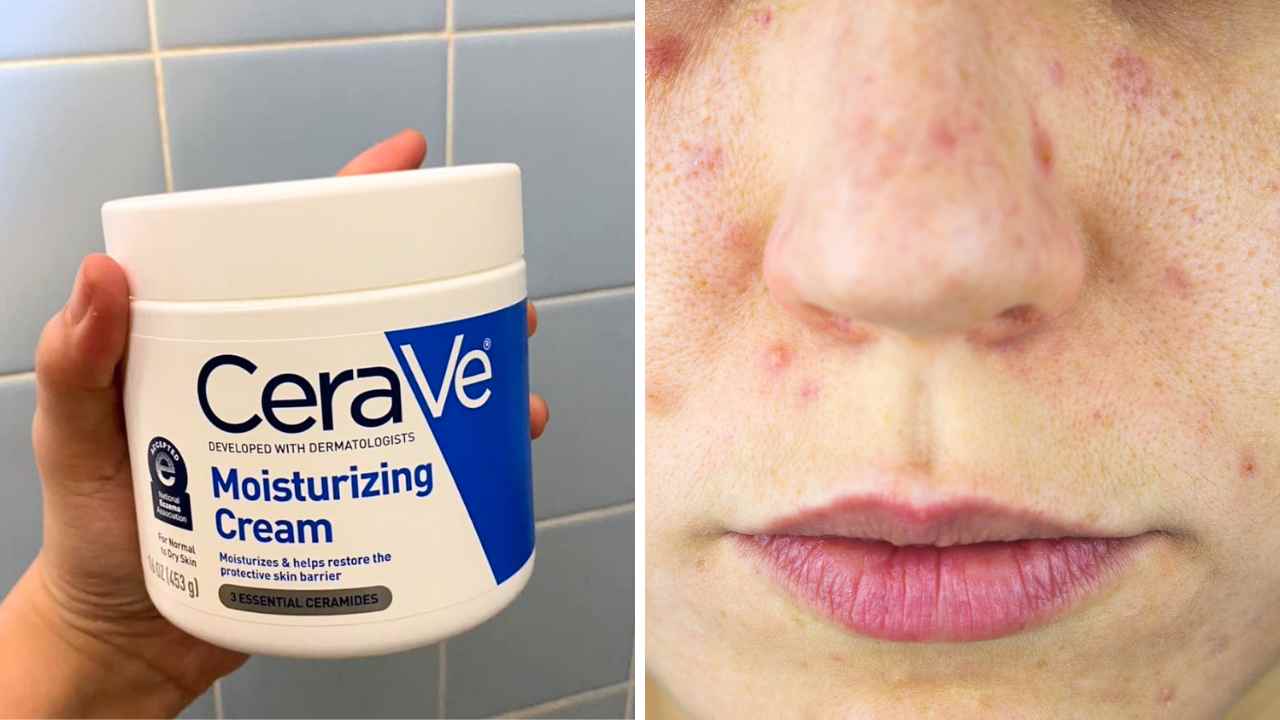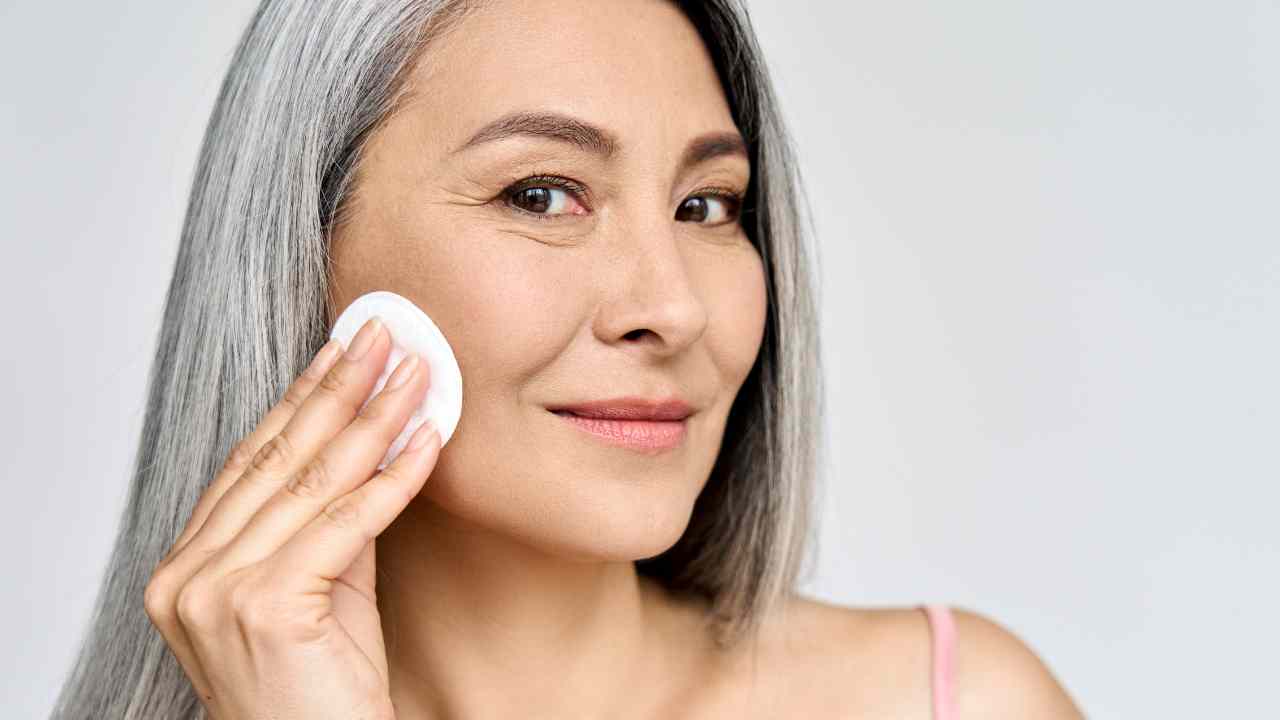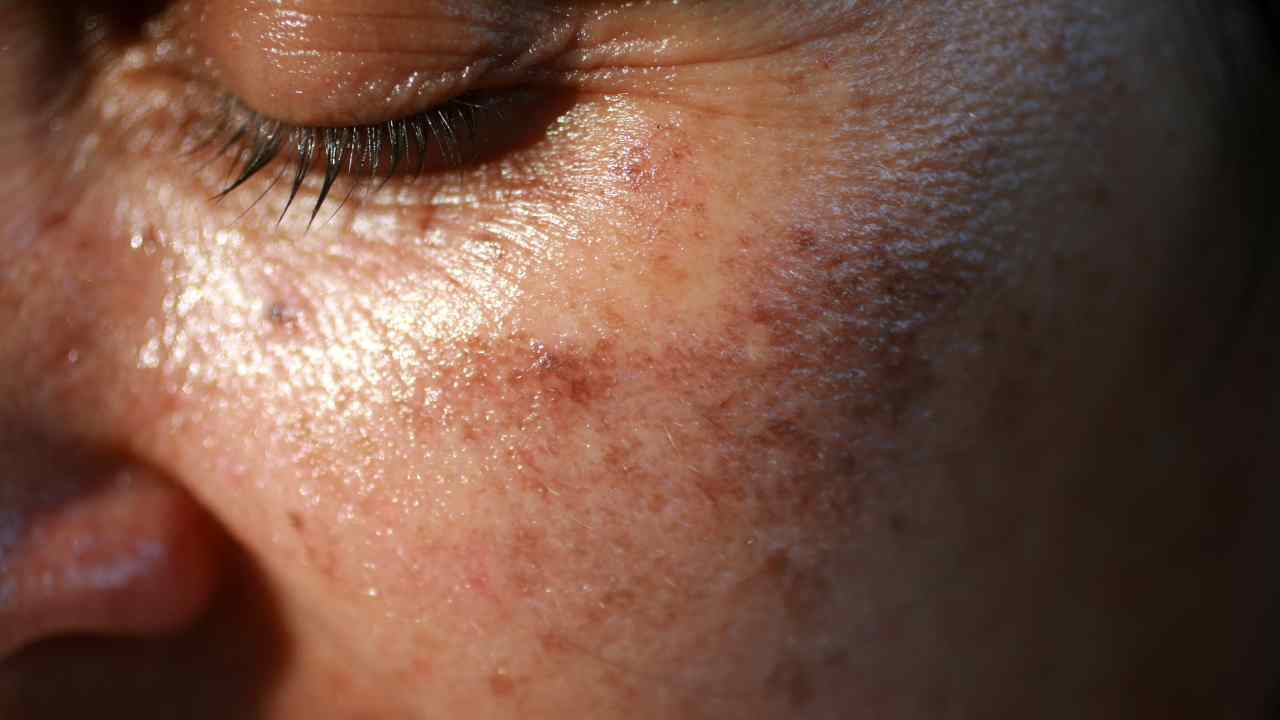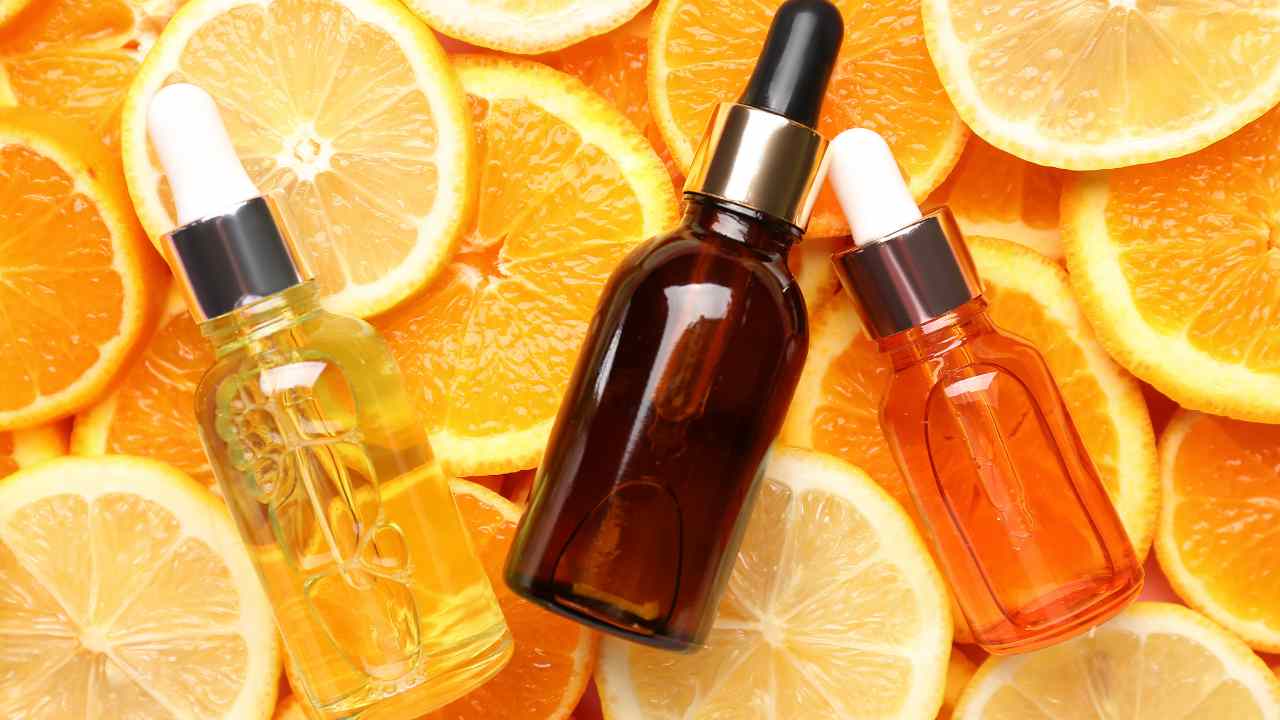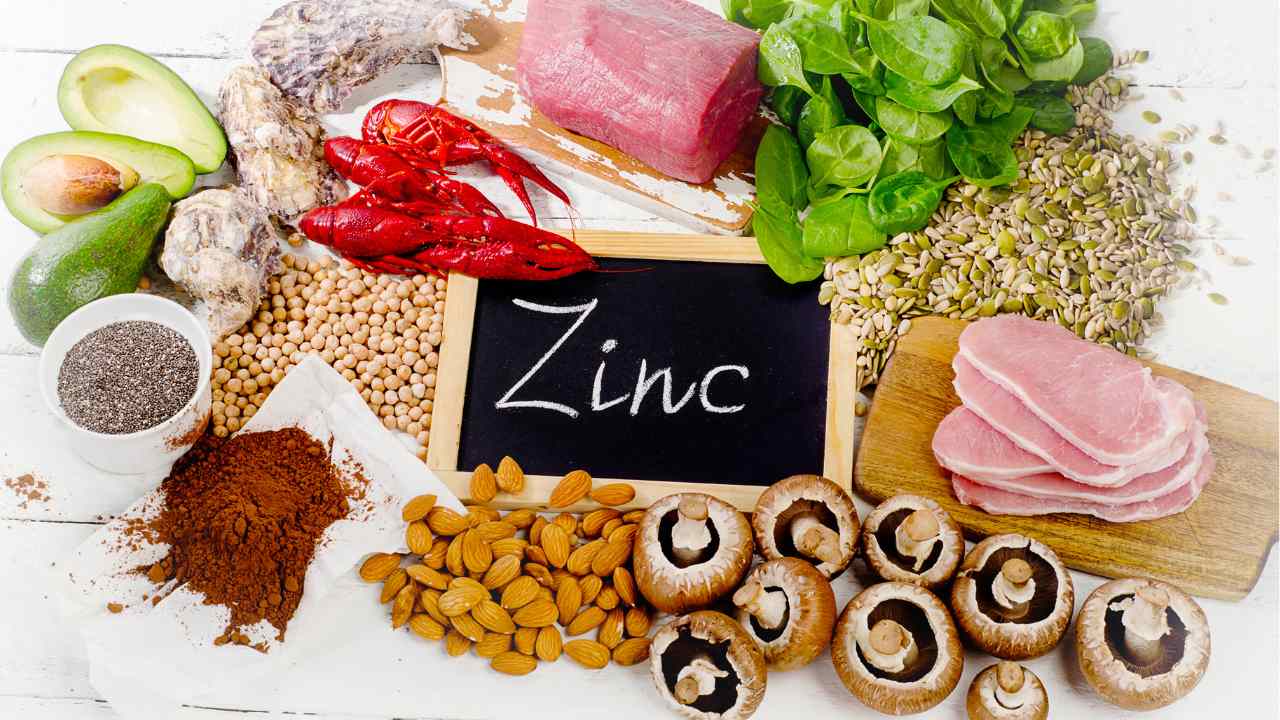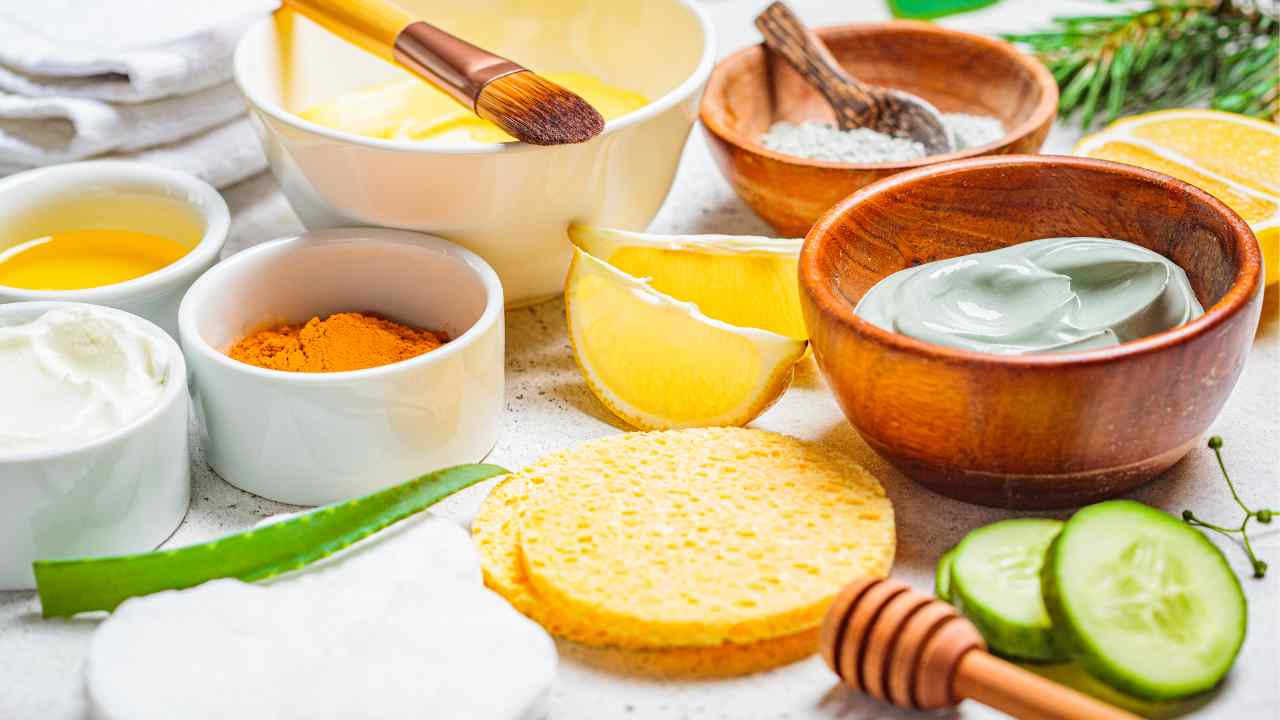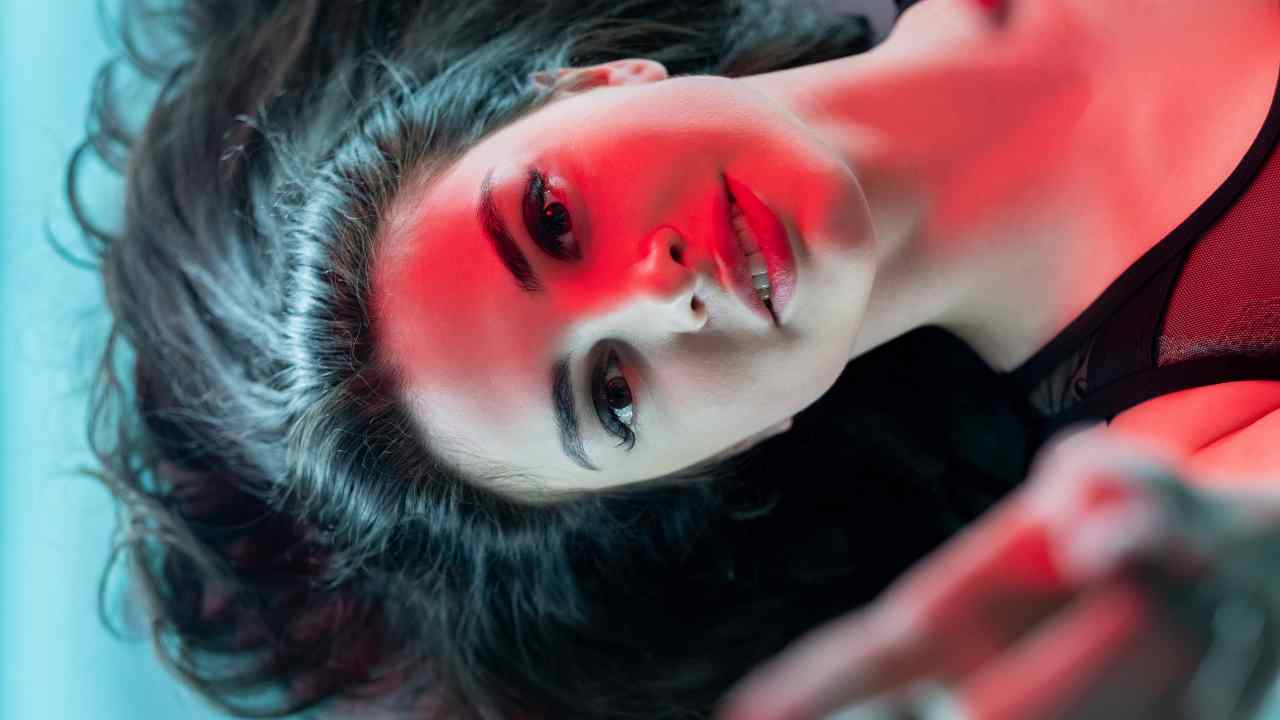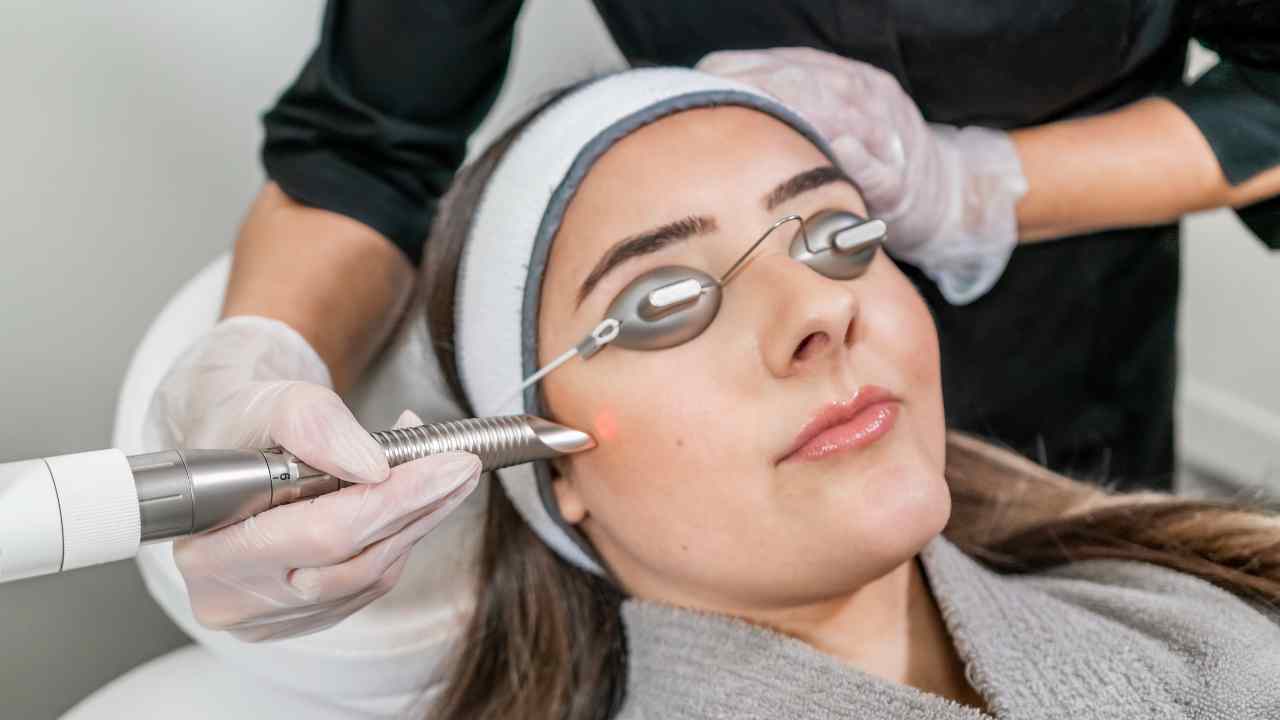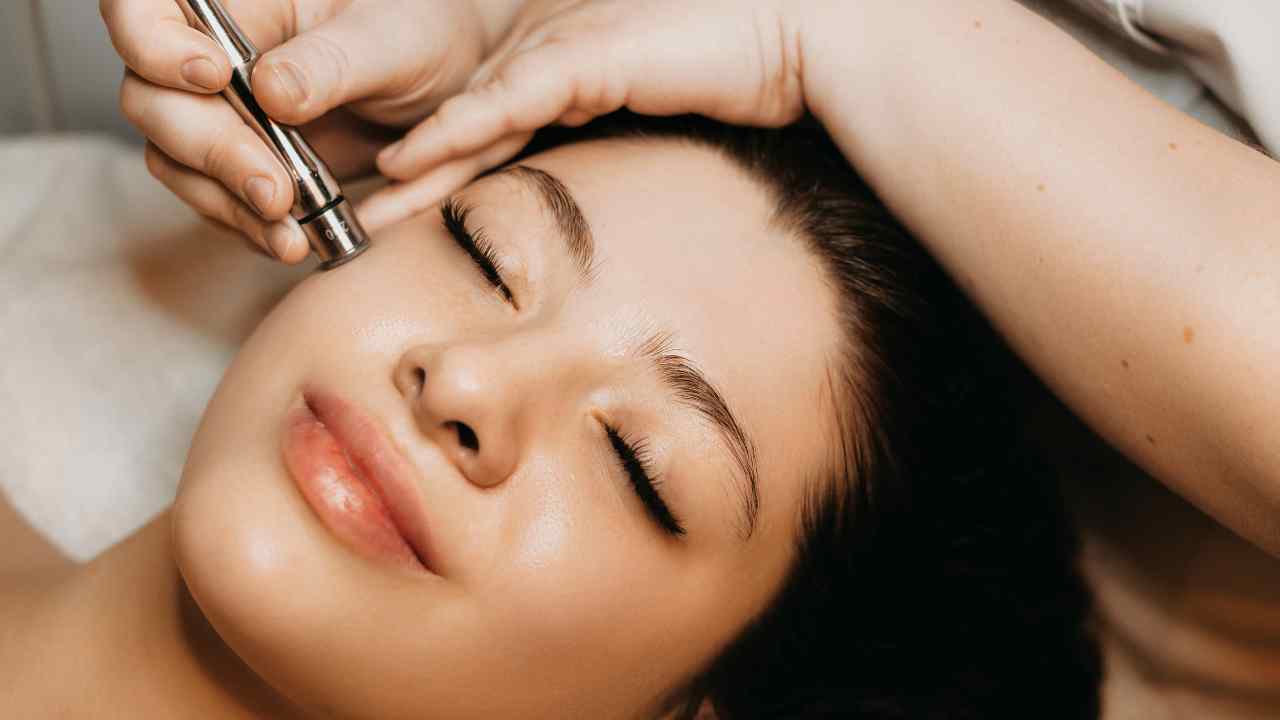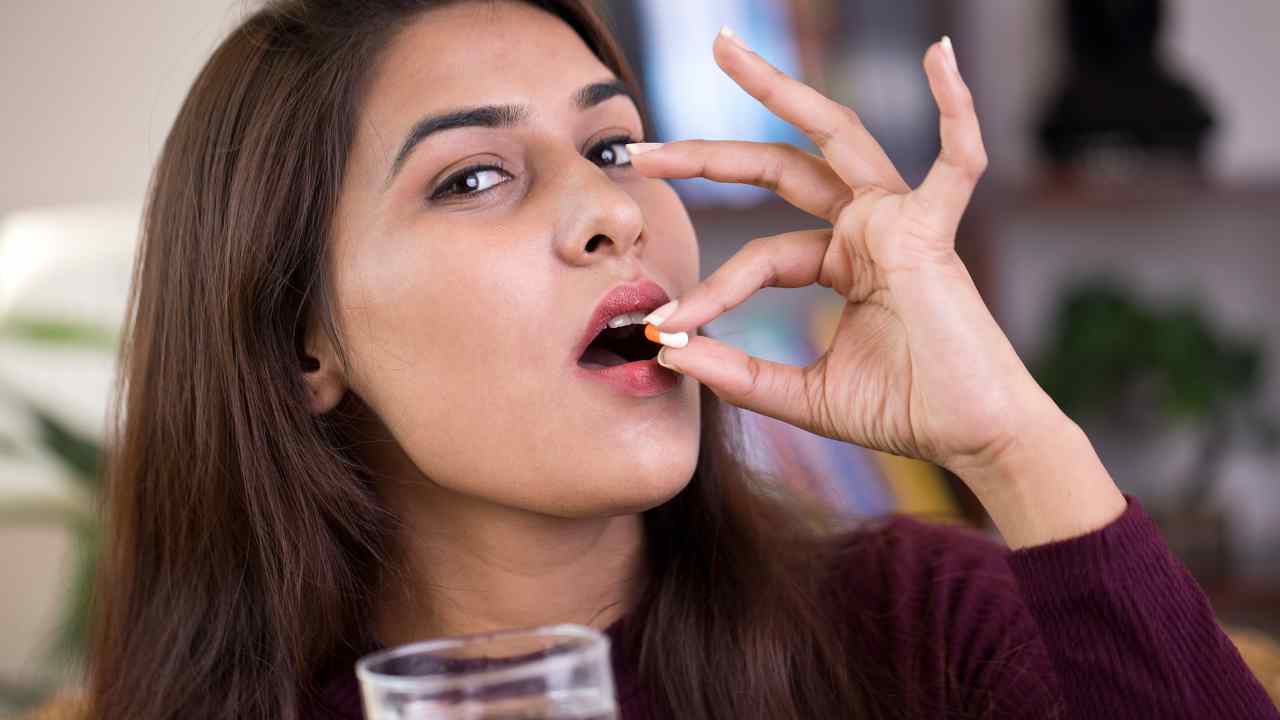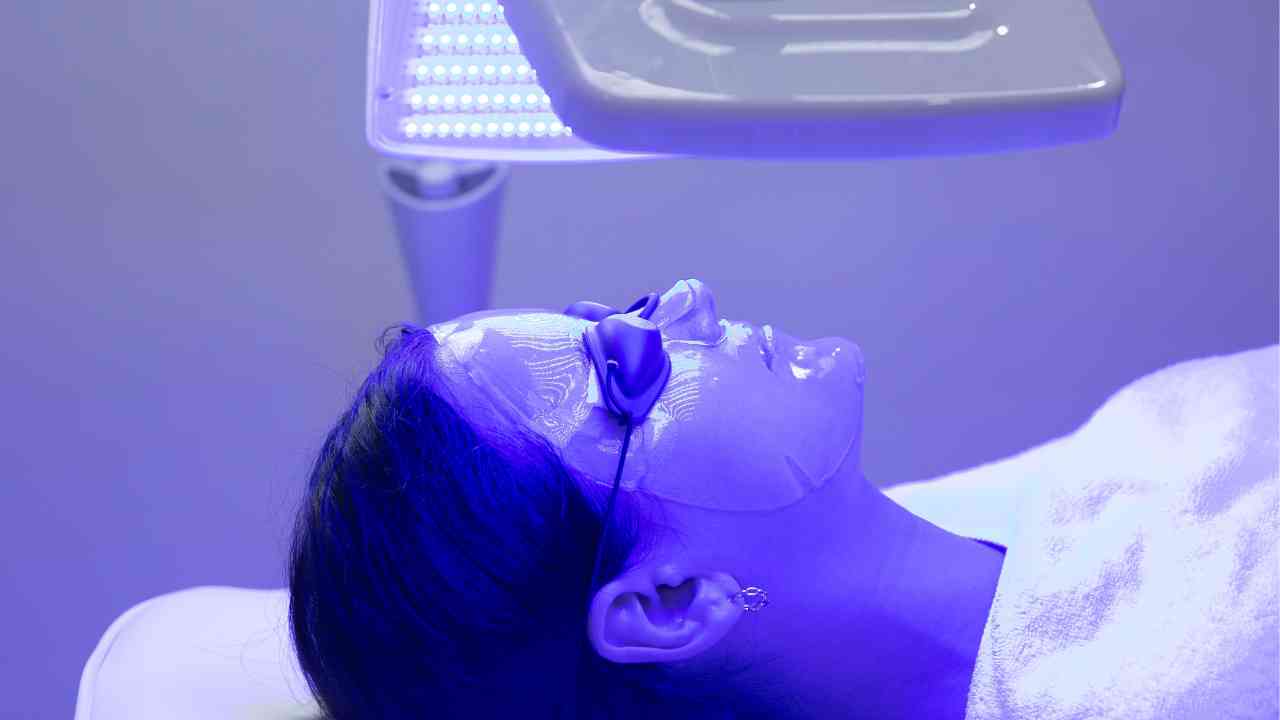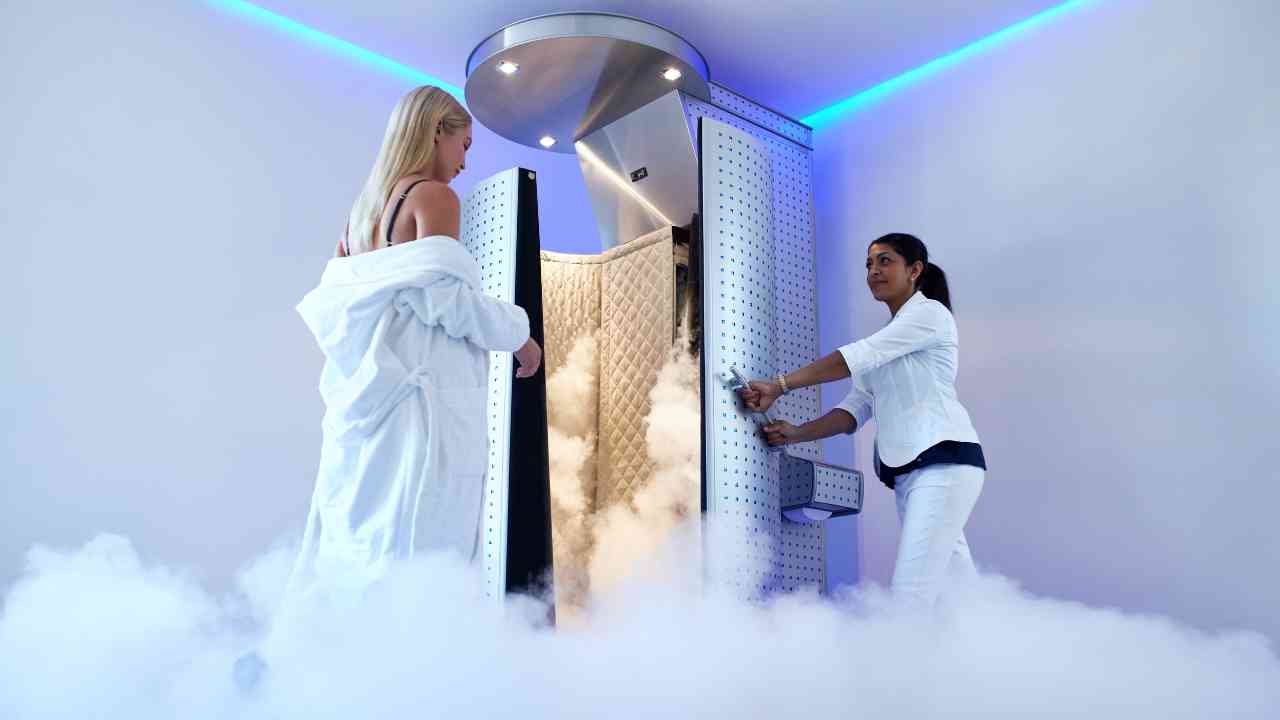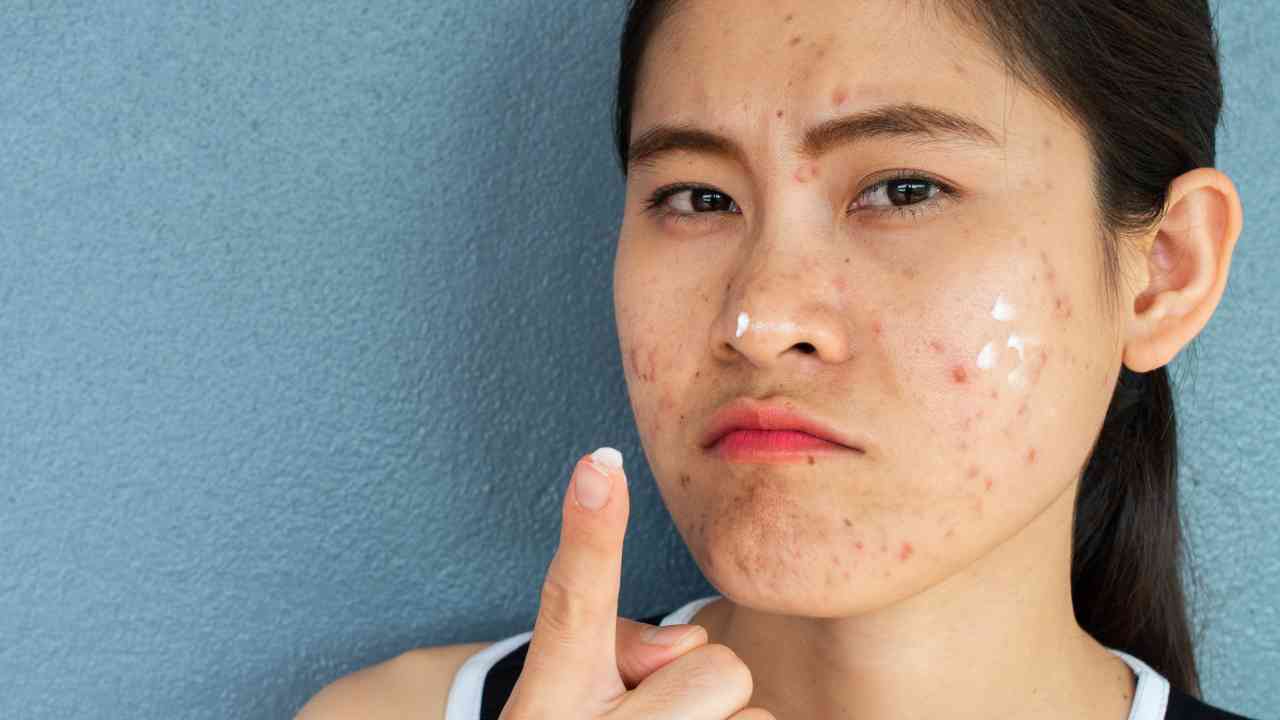
Clear Skin Secrets: Does Tretinoin Help with Blackheads?
Are you ready to bid farewell to pesky blackheads and breakouts? If so, you may have considered trying a topical medication such as Tretinoin. But does it work to get rid of blackheads?
There's a lot of conflicting information out there about the effectiveness of using Tretinoin to treat blackheads in particular – which is why we thought it was time to conduct our comprehensive research on the subject!
In this post, we'll be exploring all the details and answering your questions about how Tretinoin works when it comes to treating stubborn blackheads once and for all.
So grab yourself an iced coffee and get comfortable - here's everything you need to know about topical retinoids and blackheads!
What's Tretinoin Anyway?
Tretinoin, also known more commonly as Retin-A, is a form of retinoic acid that's been around since the 1970s.
It's used in many different forms of skincare because it has the power to treat a wide variety of skin conditions and even help prevent signs of aging.
So what exactly can this wonder product do? Well, for starters it helps exfoliate dead skin cells so you have softer smoother skin on top. It also helps speed up skin cell turnover rates so your skin looks brighter and more vibrant which is great news for acne sufferers since it helps clear away pimples faster.
When initially using Tretinoin for acne vulgaris treatment, you may encounter redness, scaling, and irritation. However, with consistent usage, you will gradually observe a reduction in acne lesions and an overall improvement in your skin's appearance.
Tretinoin can also reduce fine lines and wrinkles by encouraging collagen production in the deeper layers of your face. It even helps heal acne scars faster.
In addition to all these great benefits, Tretinoin is also incredibly versatile. You can find topical creams containing this potent ingredient, but you could also get injectable doses or other forms like gels or moisturizers depending on what you're looking for. And don't forget about OTC versions too!
Bottom line: Not only does adding Tretinoin to your skin care routine help treat comedonal acne breakouts and wrinkles but it might just be able to give you a younger looking skin tone with minimal effort.
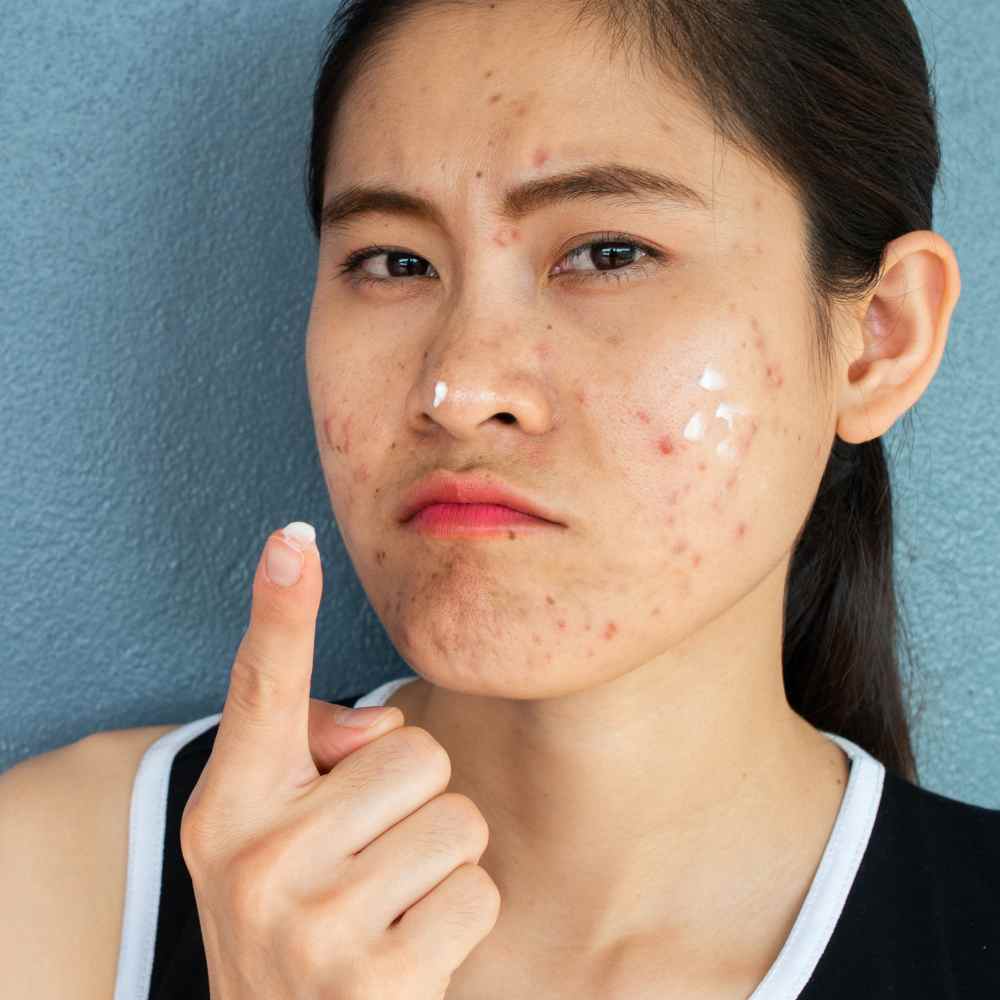
Tretinoin & Blackheads
The million-dollar question: Can topical Tretinoin help with blackheads and prevent clogged pores? The short answer is yes, but let's dive into the details:
1. Unclogging Pores
Tretinoin's exfoliating power can help prevent the formation of new blackheads by keeping pores clear of debris. It's like a professional cleaner for your skin's nooks and crannies, making it harder for those pesky black dots to set up camp.
2. Shrinking Pore Size
Ever wish your pores were smaller? Tretinoin might just be your wish-granting genie. By promoting cell turnover and collagen production, Tretinoin can help reduce the appearance of large pores, making blackheads less noticeable.
3. Slow and Steady
Tretinoin isn't an overnight miracle worker. It takes time—usually a few weeks to a few months—to start showing its full effects. Patience is key, and consistency in usage is crucial.
The Tretinoin Journey
If you're considering incorporating Tretinoin into your routine to tackle blackheads, here's a roadmap to guide you:
1. Start Slowly
Tretinoin can be a tad intense for some skin types, especially in the beginning. Start with a lower concentration and apply it every other night to allow your skin to adjust.
2. Gradually Increase Frequency
As your skin gets accustomed to Tretinoin, you can increase the frequency of application. But always listen to your skin—if it's feeling dry or irritated, take a step back.
3. Gentle Cleansing is Key
A gentle pore cleanser is your BFF when using Tretinoin. Harsh cleansers can strip your skin and make the adjustment period even tougher.
4. Sunscreen is Non-Negotiable
Remember that Tretinoin can increase your skin's sensitivity to the sun. Sunscreen with at least SPF 30 is non-negotiable—even on cloudy days.
5. Moisture Matters
Tretinoin can be drying, so a good moisturizer is your skin's knight in shining armor. Opt for one that's non-comedogenic to avoid clogging pores.
6. Be Patient and Persistent
Results take time, so don't be discouraged if you don't see immediate changes. Consistency is key, and the journey is worth it.
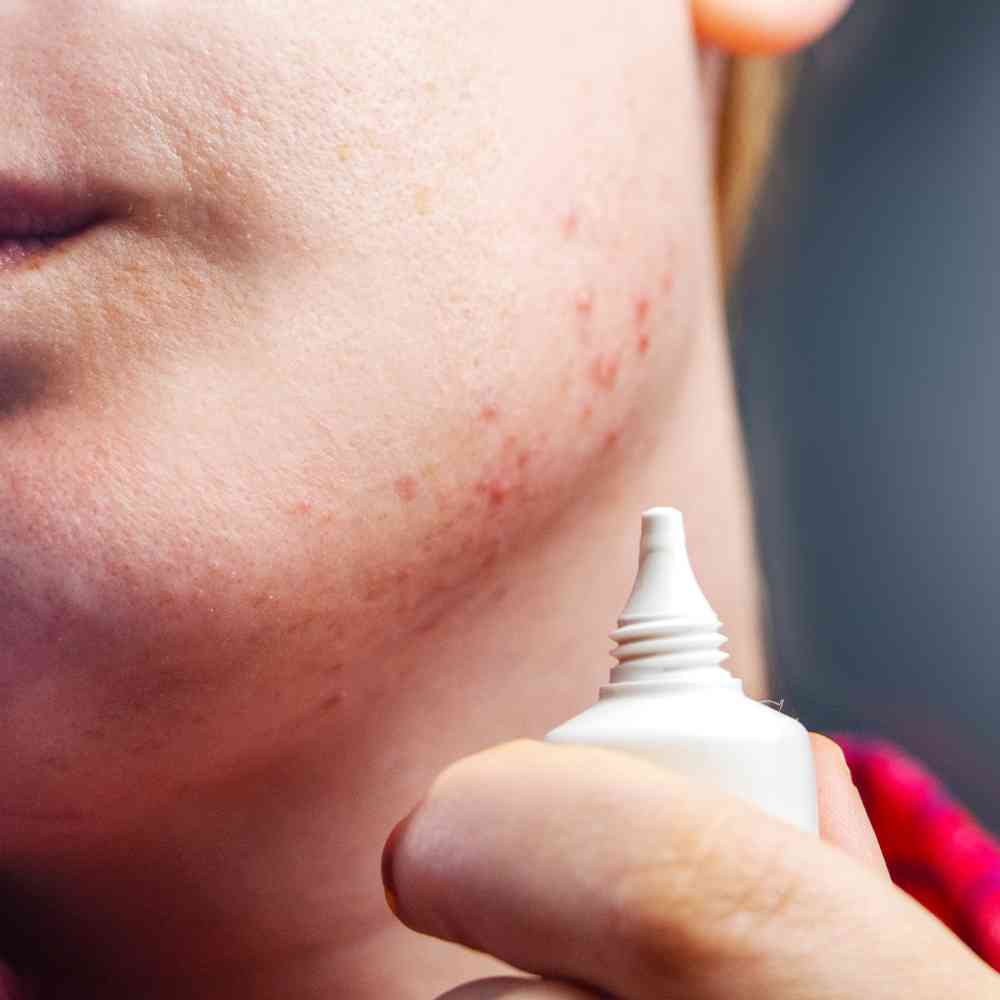
Other Treatments for Blackheads
While Tretinoin is often the go-to treatment for pesky blackheads, there are plenty of alternatives that you can try.
The first step in any successful blackhead removal plan should always be prevention. This means washing your face twice daily with a good pore cleanser - not too heavily exfoliating, but still getting rid of dead skin cells. Then apply an oil-free moisturizer afterwards.
If prevention isn’t working for you, though, here are some great alternatives to Tretinoin:
1) Salicylic acid: This ingredient is found in many spot creams and cleansers specifically formulated for blackheads. You can find plenty of options at your local drugstore. And they come without a prescription.
2) Benzoyl peroxide: This works similarly to salicylic acid by killing off bacteria on the face that cause acne. You can find benzoyl peroxide in cleansers or toners designed for acne prone skin.
3) Retinol: This is available over-the-counter in lower concentrations than Tretinoin. You can try beauty brands such as The Ordinary who have retinol formulations at very affordable prices.
4) Sulfur masks: These sulfer masks help attract dirt particles away from your pores while also unblocking them. Just remember to moisturize after using these as sulfur can dry out your entire face.
5) Glycolic acid is an amazing ingredient for treating blackheads. Glycolic acid is derived from sugar cane and it helps break down the oils in our skin that can block pores and form blackheads.
This gentle exfoliating acid can help slough off dead skin cells, dirt, and excess sebum from the surface of your skin, providing a deep cleanse that helps to unclog those pesky blackhead-causing pores.
Glycolic acid is gentler on your skin than other acids like salicylic or benzoyl peroxide – perfect if you have sensitive skin or dry skin.
6) Lastly, there's tea tree oil: Its anti-bacterial properties mean it’s perfect for targeting existing clogged up pores without drying out the rest of your face.
Just mix a few drops into some jojoba or almond oil and apply directly onto problem areas once or twice a week.It smells amazing too!
Whichever option you choose ultimately comes down personal preference. You just need to find what works best for you. But, have patience. These treatments won't give results overnight so don't get frustrated if progress isn't happening quickly enough. Positive change take time and dedication!
When to Seek Professional Advice
If you're considering adding Tretinoin, or any new skincare ingredient, to your routine, it's a good idea to consult a dermatologist. They can help you determine the right concentration for your skin type and address any concerns you might have.
The Final Verdict
So, does Tretinoin help with blackheads? Absolutely! Tretinoin's exfoliating and pore-clearing abilities can make it a valuable addition to your anti-blackhead arsenal.
Just remember, it's not an overnight solution. With patience, consistency, and a little Tretinoin love, you might just bid those blackheads a farewell they won't forget!



